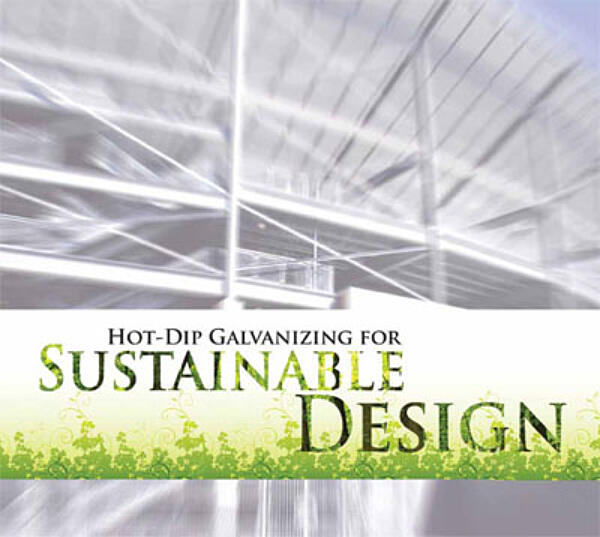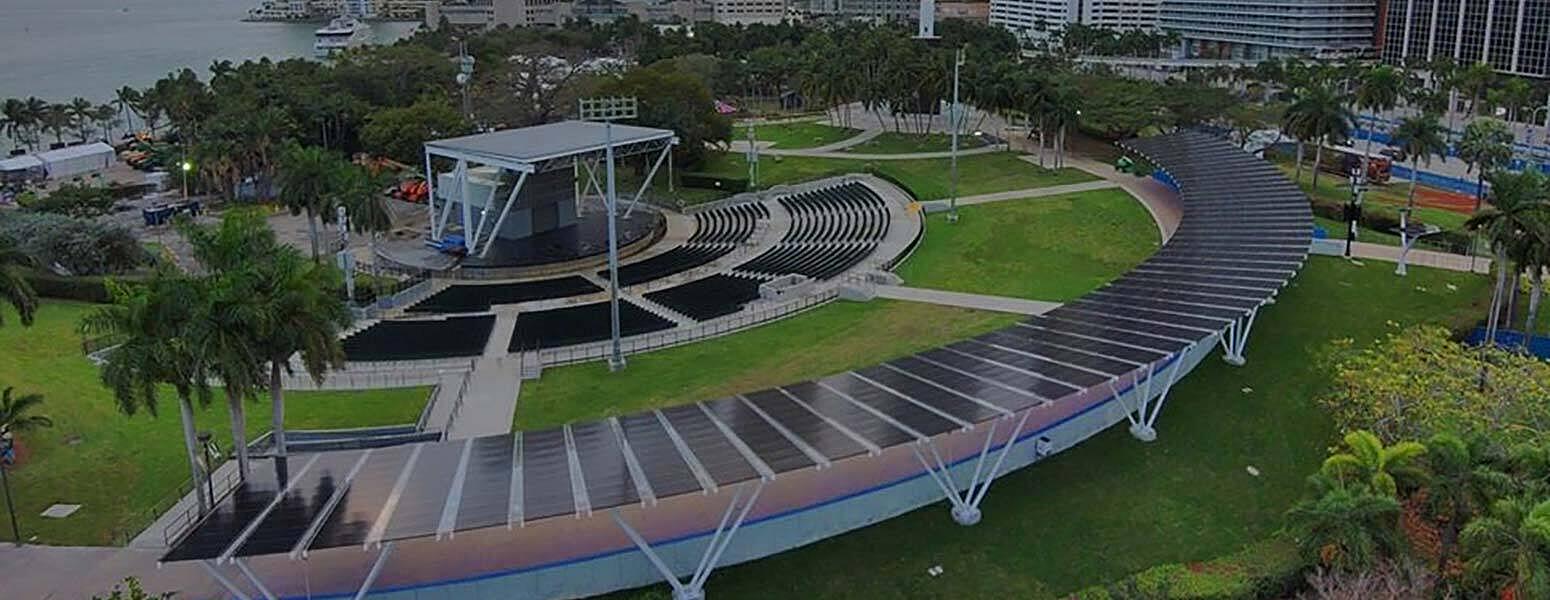Environmental Benefits

Sustainable development (SD) is the social, economic, and environmental commitment to growth and development that meets the needs of the present without compromising the ability of future generations to meet their needs.
Reflecting the third and, perhaps, most integral element of sustainable development, hot-dip galvanized steel structures capitalize on several environmental advantages. HDG steel structures minimize environmental impact by utilizing natural healthy, abundant, and recyclable steel and zinc – meaning the initial environmental cost is the ONLY cost. Because galvanizing requires no maintenance throughout the life of the project, the carbon footprint is reduced. Finally, because both zinc and steel are recycled and put back into use at the so-called ‘end-of-life’, galvanizing is really a “cradle-to-cradle” process
A significant aspect of striving for a more sustainable built environment is to evaluate the materials used in construction. In particular, it is important to evaluate the content and availability of the raw materials as well as the impact of processing them.

When it comes to hot-dip galvanizing, it’s important to remember the primary components (zinc and steel/iron ore) are both natural elements (4th (iron) and 24th (zinc)in order of abundance) which means we are not introducing harmful, manmade elements into the environment. In fact, both iron and zinc are essential to life and healthy production.
Adding to the natural abundance and necessity to life, both zinc and steel are 100% recyclable without the loss of any chemical or physical properties. This means they can be multi-cycled (used as zinc/steel over and over again) rather than down-cycled into a lesser product – making hot-dip galvanized steel a truly infinitely renewable resource. Furthermore, both steel and zinc have high reclamation rates, which means recycling them is not merely a talking point, it is done as a common practice. Approximately 80% of zinc available for recycling is reclaimed, and for steel, the most recycled material in the world, it is nearly 100% (98%+).
Finally, the maintenance-free longevity provided by galvanized steel significantly reduces or eliminates the need of more natural resources and output of emissions throughout its service life.
The AGA has produced an industry-wide, 3rd party verified Environmental Product Declaration (EPD) in accordance with the LEED v4 standard. The EPD covers hot-rolled sections, plate, and hollow structural sections (HSS). The study was conducted by thinkstep, Inc. and verified by UL Environment, and can be found on our website at www.galvaniziet.org/epd.
Environmental Case Study
FPL Solar Amphitheater at Bayfront

Renewable energy advocates will be impressed with this attractive, efficient, 500-panel solar feature that covers nearly 400 feet of walkway around the venue. Traditional solar array panels only capture sunlight from the top side, while the FPL Amphitheater panels utilize cutting edge, bifacial solar technology, which is able to capture light and produce energy from both sides of the photovoltaic panel. This solar installation coupled with a complement of seven solar trees, generates in excess of 250 kilowatts of emissions-free energy annually. That’s more electricity than will be consumed during the amphitheater’s entire concert season.
Located just a stone’s throw from the beach, the canopy’s tube steel support structure requires a protective coating that can hold up in this highly corrosive, salt water exposed environment. Hot Dip Galvanizing (HDG) was selected to provide maintenance free protection for all structure surfaces, both internal and external. An internal HDG coating will prevent the possibility of any undetectable, internal corrosion.
A paint system was applied over the galvanized structure to meet the aesthetic preferences and provide another layer of protection. More commonly referred to as a duplex system, a paint coating over the galvanizing will increase the service life of the combined coatings by 1.5 – 2.3 times. Scratches are inherent with any paint system, but the HDG protection underneath will prevent any scratch from becoming a corrosion problem.